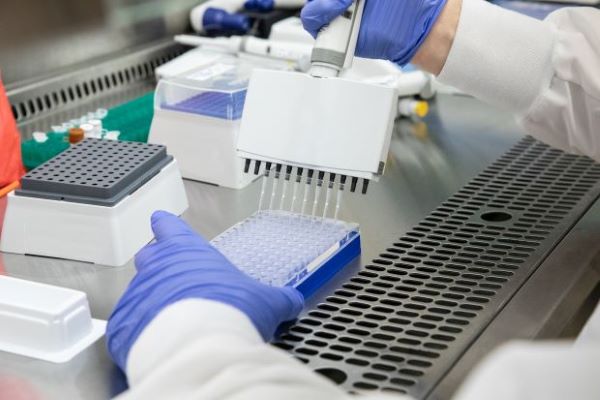Bridging the genomic gap with a Saudi-Japanese pangenome
18 August 2025
Published online 18 August 2025

For years, most genetic analyses compared individuals to a single-genome reference, which worked well, except for populations that weren’t represented in the reference. Today, human genomics is shifting toward population-informed pangenome models that capture the breadth of human diversity.
A pangenome is a DNA map made by combining the DNA of different people, instead of relying on just one individual’s DNA as the standard. While a single reference can miss differences that are common in certain groups, pangenome graphs provide alternative paths that better reflect the true genetic variation of an individual. This architecture is particularly effective in structurally complex regions and underrepresented populations in reference genomes, especially in Asia and the Middle East.
The Human Pangenome Reference Consortium (HPRC) has made substantial progress in developing graph-based frameworks. However, its early releases lacked representation from both Japanese and Saudi populations, two groups collectively accounting for nearly 160 million people. This gap was a demonstration of persistent inequities in research priorities.
As scientists from Saudi Arabia and Japan, we felt a shared responsibility to address this gap, we joined forces to build resources for our populations, making them openly available under the FAIR (Findable, Accessible, Interoperable, Reusable) principles.
In our recent work, we report the first phased pangenome assemblies and graph-based references representing Saudi Arabian and Japanese populations. We sequenced nine Saudi and ten Japanese individuals using a combination of multiple techniques and constructed a combined reference named ‘JaSaPaGe’.
This new combined graph includes more than 11 million single-letter DNA changes, expanding the known collection of human genetic differences compared to older reference genomes.
Malak
Abedalthagafi
The impact of this project is evident, as we were able to detect small DNA changes, both single-letter changes and small insertions or deletions, more accurately than using standard linear references or even the HPRC graph. In a gene that affects how people respond to certain medicines, the pangenome revealed patterns and changes, like having extra copies of a gene or missing ones, that traditional references often miss.
Besides improving variant interpretation and its application in precision medicine, the JaSaPaGe pangenome provides an ethical and practical blueprint for building genomic resources in underrepresented regions. In Saudi Arabia, we designed a culture-driven consent process with multilingual materials and in-person genetic counseling to ensure participants fully understood the purpose and risks of their involvement. All data, assemblies, and graph references have been released, so researchers and clinicians worldwide can use them without any restrictions.
Although our work is a step forward, many challenges remain, including the fact that the sample size does not yet capture the full spectrum of genetic diversity within either Saudi Arabia or Japan. We will need to incorporate more individuals, especially from underrepresented tribal and regional communities. Integrating pangenomes into clinical practices will require the development of new tools and standards.
The outcomes of our collaboration highlight the importance of regional partnerships in genomics. Despite our geographic distance, we combined Saudi and Japanese genomes into a shared resource, which illustrates how diverse ancestries can enrich the genomic picture of Asia as a whole.
As pangenome methods mature, clinical applications will expand, enabling more precise and equitable variant interpretation. We hope the development of JaSaPaGe offers a model for other nations to replicate, and to inspire more investment, collaboration, and innovation to build inclusive pangenome projects across our region.
doi:10.1038/nmiddleeast.2025.134
Stay connected: